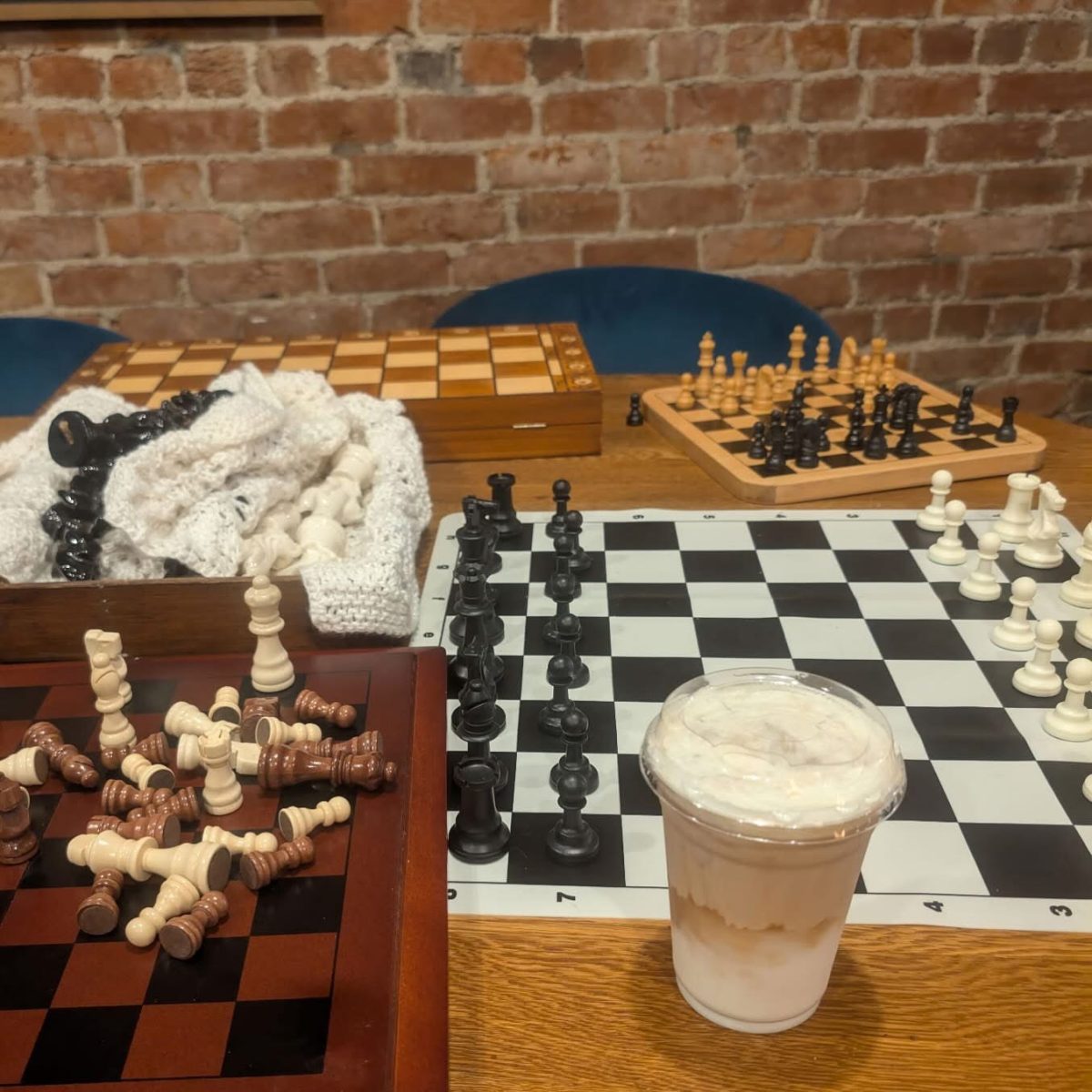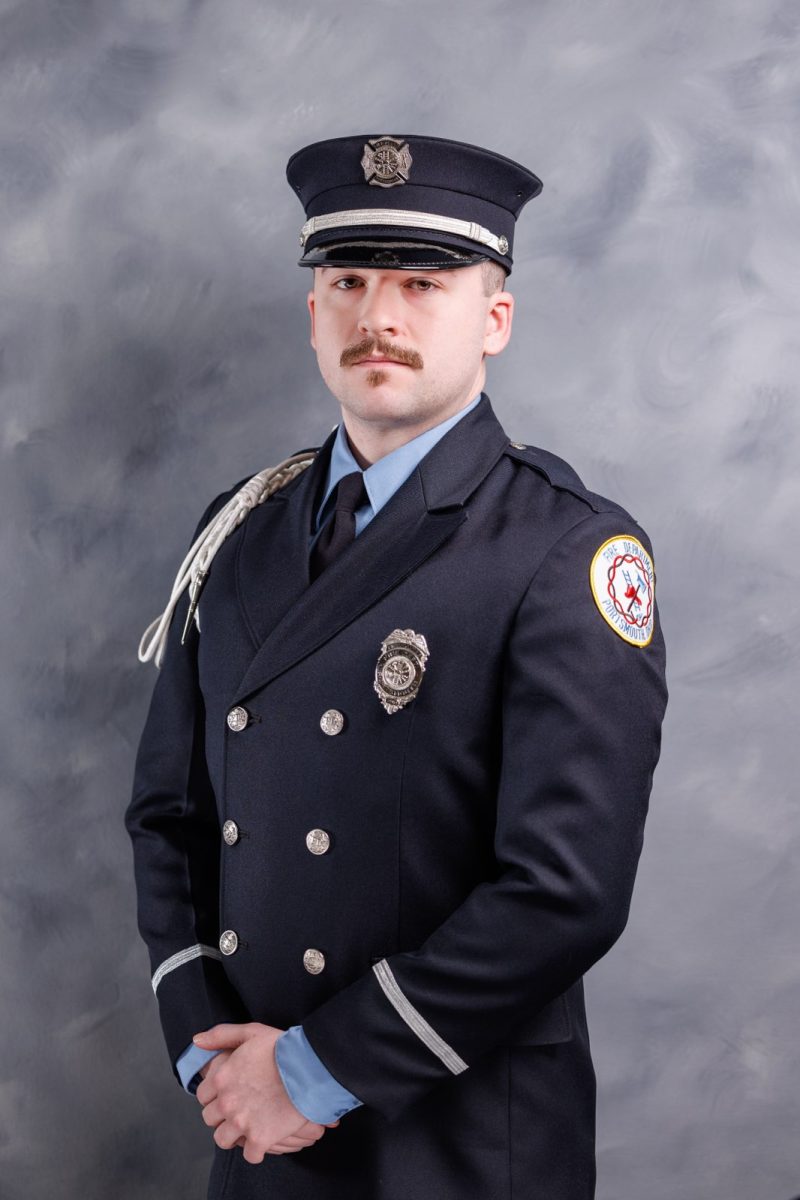Social media is an ever-growing and ever-present entity that has become part of nearly every commercial brand or business that wishes to interact with its consumer base. Nearly 73% of Americans are on social media, whether Facebook, Instagram, YouTube, TikTok or some other platform. Due to this significant reach, more and more organizations are creating their own social media pages to better connect and better serve their audiences or consumers. Shawnee State is no different. During this year’s spring semester, a strategic communication course was offered with the goal of revamping Shawnee State’s College of Arts and Sciences limited social media presence and transforming it into an opportunity not only to connect with currently attending students but also to offer insights into why prospective students should look at becoming a Shawnee State Bear.
Professor Christy Zempter was the instructor for the Strategic Communications course. The students’ aim was to create a social media recruitment campaign that targeted not only current high school students but also other demographics such as non-traditional students, parents and guardians, as well as currently attending students. However, this was not always the intended plan. Initially, Zempter was planning on different project-oriented class that involved working with a community partner. Just two months before the spring semester would begin, though, an unforeseen worst-case scenario occurred—Zempter’s contact left the organization.
“I heard from my connection to the community partner that they had left the organization,” she said. “After that, I was trying to figure out, like, how can I, in the next month or two figure out an alternative project? That was when I approached Dean Inman about the possibility of us doing this [social media campaign], and she was receptive to it, thankfully.”
The project was shifted to creating a social media campaign to increase recruitment rates to the College of Arts and Sciences. Three social media platforms—Facebook, Instagram and TikTok—were chosen for this campaign. Each platform had a dedicated team of students within the strategic communications course that researched their respective platforms. Details such as platform limitations, optimal traffic times, style of content, weaknesses, strengths and best practices overall were taken into account and then presented to the College of Arts and Sciences recruitment committee and Inman, the dean of the college, in comprehensive presentations that outlined the plan.
One of the students in the Facebook group, Brendan Major, commented on how much he enjoyed working on this project and the future success he envisions for the campaign.
“I think it [the class] was very well put-together this semester to lay the groundwork for future plan adaptations and the addition of possible future content on other platforms,” he said. “The teams were great, and I look forward to seeing what the future holds for it.”
Donovan Owens, part of the Instagram group, spoke on how practical and hands-on the exercises within the strategic communications class were and his thoughts on how the plans turned out.
“I think the campaign will achieve most of what we set out for it to do,” he said. “ While it is good on paper, it is a relatively new and unpolished strategy that we have yet to see how it actually fares.”
As for what this social media plan would look like in action, each platform group created some sample posts to share with the dean and recruitment committee. Several members of the TikTok group created sample videos to showcase the type of content that followers of the account could look forward to. These range from showcases of student life to on-campus events and more.
Video provided by Jack Monroe
Major, along with several other students in the strategic communications course, will participate in a social media management class this fall semester. In this class, students will continue to work on improving the College of Arts and Sciences social media presence and maintaining the accounts over the course of the semester, although specific plans are still in development.
Zempter did mention plans for the future. Social media environments are ever-adapting, and so the social media management class will need to accommodate those changes. Just last month, the U.S. House of Representatives passed a bill that could potentially ban TikTok from the United States, leading to a discussion in the strategic communication class about what moves should be taken if such a ban were to go through. Zempter is confident that even should TikTok be banned, a new platform will take its place, and the social media team will be able to rise to create new plans adapting to it.
Owens also mentioned that he would have wanted to take the upcoming social media class that is being offered in the fall semester if he wasn’t graduating this semester, stating: “The professor and students will be good company.”
Zempter and the students who developed this social media campaign are thoroughly impressed with what they have accomplished and hope to see how the finished product performs come the fall semester. But no one was as proud as Zempter.
“You never know how something like this will turn out when you start it, especially if you’ve never done it before,” she said. “But I feel that everyone took the project seriously and really put the time and energy into researching the platforms and creating content. I could not be happier with the way it all turned out.”










